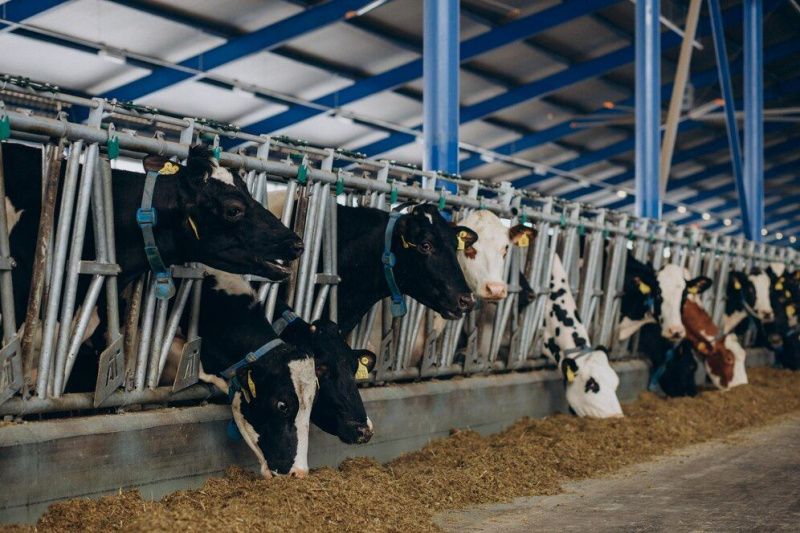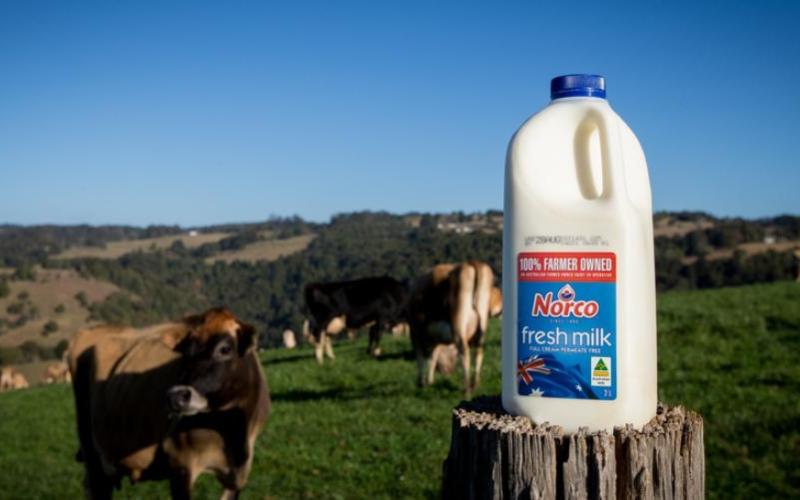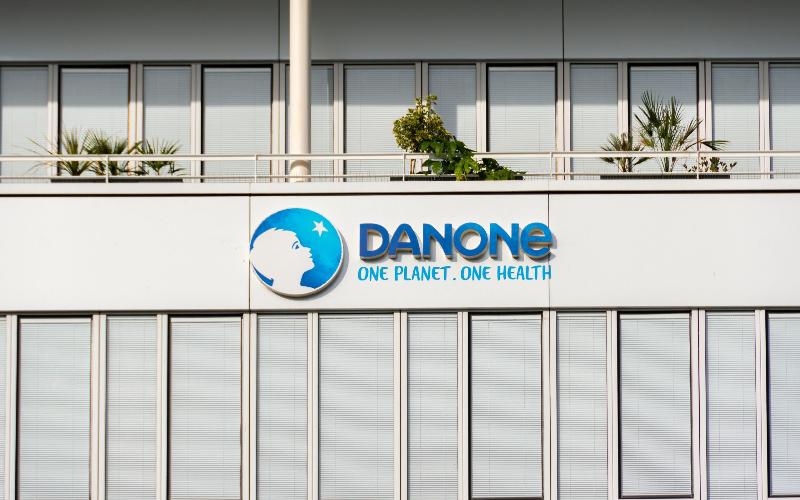Dairy Industry Struggles Persist Despite Marginal Margin and Cost Improvements
Sourse: The DairyNews
Despite recent increases in milk prices and declines in feed costs, the outlook for dairy farms remains grim as margins remain razor-thin, warns Sarina Sharp, an analyst with the Daily Dairy Report.

While one might assume that brighter days are ahead, the reality is that many dairy producers are still operating in the red, with the impact of low milk prices evident in a significant reduction of over 100,000 head in the U.S. dairy herd since March 2023.
Sharp emphasizes that unless there is a substantial increase in Class III prices and relief from steep deductions, the U.S. dairy industry is set to contract further. Even though Class III futures have shown some recovery from January lows, they still suggest that 2024 milk prices will fall short of covering all expenses for dairy producers.
On a somewhat brighter note, Class IV futures remain above the average cost of milk production. Spot milk, which faced substantial discounts in the first half of 2023, is now experiencing an average premium of $1.38/cwt. in the Central region, a significant improvement from the $6.25 discount observed at the same time last year.
While feed expenses have moderated and futures indicate further declines in corn and soybean meal prices, Sharp points out that the overall situation on dairy farms is more complex than it seems. Despite improved spot milk values and reduced overproduction penalties, many producers are still grappling with steeper discounts than in the past.
The disparities arise from factors such as depooling, driven by the large spread between Class III and Class IV values. This benefits a minority of cooperative members but penalizes non-cooperative producers in the region. Additionally, tight milk supplies and expanding cheese production capacity have slowed the flow of milk to dryers, reducing the share of U.S. milk sold at the higher Class IV price.
Sharp notes that while Class IV values are adequate to cover expenses, most producers earn a smaller share of Class IV revenue compared to previous years. Furthermore, dairy processors and cooperatives, facing their own struggles, have passed some losses along to producers through new pricing formulas, lower premiums for components, or basis deductions due to persistent deficits in the industry.
Sharp emphasizes that unless there is a substantial increase in Class III prices and relief from steep deductions, the U.S. dairy industry is set to contract further. Even though Class III futures have shown some recovery from January lows, they still suggest that 2024 milk prices will fall short of covering all expenses for dairy producers.
On a somewhat brighter note, Class IV futures remain above the average cost of milk production. Spot milk, which faced substantial discounts in the first half of 2023, is now experiencing an average premium of $1.38/cwt. in the Central region, a significant improvement from the $6.25 discount observed at the same time last year.
While feed expenses have moderated and futures indicate further declines in corn and soybean meal prices, Sharp points out that the overall situation on dairy farms is more complex than it seems. Despite improved spot milk values and reduced overproduction penalties, many producers are still grappling with steeper discounts than in the past.
The disparities arise from factors such as depooling, driven by the large spread between Class III and Class IV values. This benefits a minority of cooperative members but penalizes non-cooperative producers in the region. Additionally, tight milk supplies and expanding cheese production capacity have slowed the flow of milk to dryers, reducing the share of U.S. milk sold at the higher Class IV price.
Sharp notes that while Class IV values are adequate to cover expenses, most producers earn a smaller share of Class IV revenue compared to previous years. Furthermore, dairy processors and cooperatives, facing their own struggles, have passed some losses along to producers through new pricing formulas, lower premiums for components, or basis deductions due to persistent deficits in the industry.














